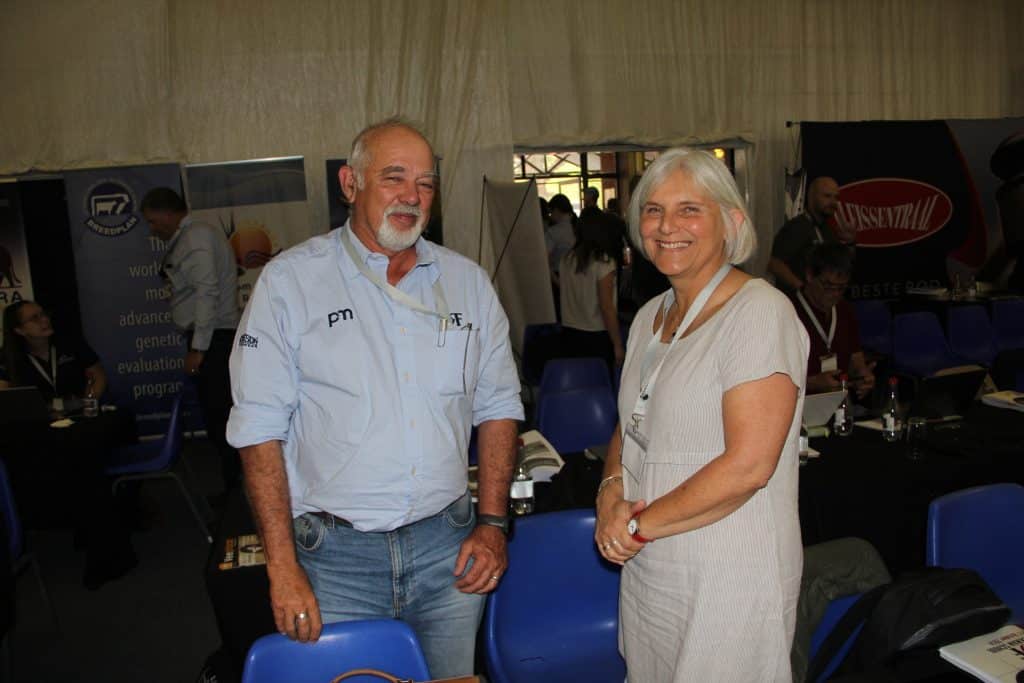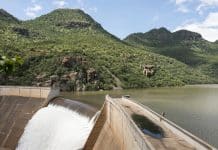
Estimated reading time: 5 minutes
Future proofing extensive livestock production in subtropical grasslands and savannas. This was the title of Prof Kevin Kirkman’s talk at the 2024 LRF Stockman School. Prof Kirkman is professor in Grassland Science at the University of Kwazulu-Natal.
Future proofing, he said, is being able to guard against the curveballs that nature might throw at you in a changing environment driven by rapid climate change.
Effect of climate change on grasslands
Extensive livestock production relies on a constant supply of forage throughout the year. In future, however, managing subtropical grasslands and savannas will be complicated by global change factors, including reduced, erratic rainfall patterns and increasing temperatures. In addition, managers will have to cope with increased scrutiny of environmental impacts of animal production and animal welfare, along with concerns over biodiversity impacts and greenhouse gas emissions.
Climate change impacts, he told attendees at the Stockman School, included erratic forage production, increased fire frequency, a shift in the grass-bush balance, and higher temperatures with related animal production issues. Increasing temperatures lead to reduced nutrient intake, which in turn leads to increased mortality, reduced fertility, suppressed immune systems and higher susceptibility to disease.
During his lifetime, he said, carbon dioxide in the atmosphere increased by 31%. This increase is a big driver of vegetation change, away from grass towards shrubs and trees. This, in turn, increases water consumption by the plants, decreases water flow towards rivers and dams, and reduces grass and biodiversity.
The role of fire and burning
Referring to the role of fire in controlling unwanted plants in an ecosystem, he said the answer is not straightforward. Fire might play a role in controlling seedlings and small trees and shrubs, but will have no effect on mature trees and shrubs. Studies, he continued, indicate that burning for two consecutive years may have an effect on curbing bush encroachment, more so than a set burning schedule of every three or four years.
Fire, he pointed out, does not influence soil carbon.
Grazing strategy should aim for balance
The aim of a grazing management system is to match the forage supply on a farm to the stock demand throughout the year. The problem, however, is that forage production is seasonal. In balancing the supply and demand the manager has three tools available, namely manipulating the type of animal, the number of animals, and the movement of animals.
Using these three tools in the mesic (high rainfall) areas will differ from how it is used in the arid areas. Characteristics of the mesic areas is that the quality of the grazing decline rapidly towards winter. In the arid areas the problems revolve around lower production of forage, as well as erratic production, due to erratic rainfall patterns.



The grazing system should try and balance grass quality and quantity, with the emphasis on quality during the growing season. In winter, when the quality decreases, the emphasis is on quantity, to get the stock through the winter.
Stocking rate vs stocking density
He explained the misconceptions around the terms ‘stocking rate’ and ‘stocking density’. He suggested that the concept of ‘stocking intensity’ should guide a grazing programme, which reflects the number of animals x days in the paddock x size of paddock (ha). “Animal performance (and impact) is affected by the interaction of paddock size, herd size, and period of stay in a paddock.
Managing for optimum livestock performance (sustained forage supply through the year) coincides with improved hydrology, carbon sequestration, and biodiversity. This is achieved by resting a large proportion of your veld during summer for grazing during winter. (Winter grazing is referred to as brown grazing.)
Grazing during summer is called green grazing and the aim is to utilise the high-quality forage optimally by using a grazing system with a priority camp, to which the stock returns the moment regrowth becomes optimal. Summer rest is critical for winter forage, both for plant vigour and seed production, while rotational grazing during summer around a priority camp impacts vigour and quality. – Izak Hofmeyr, Plaas Media






